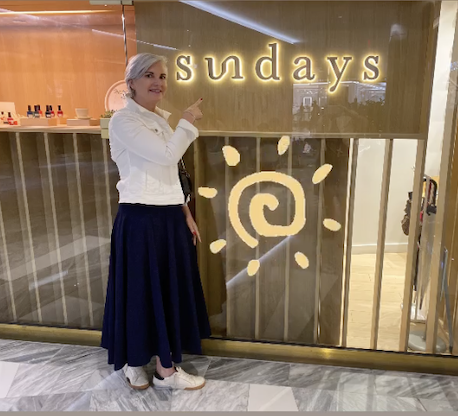What Good CEO and Leaders Do to Connect With Employees
A C-Suite executive who was starting a new role asked for my support in making a good first impression. I asked her to describe her user manual, and she looked at me quizzically.
On my first day at Fast Company, I entered the conference room to meet my new team. A team who had been without a leader for some time. All were a bit uneasy about this first meet and greet.
This is what I told them:
I’m direct (read this post), sometimes to a fault.
My values are rooted in family, exceptional service, passion, and hard work.
Learn something new every day and go teach it to someone.
Expect feedback from me both good and bad frequently.
I like to over-communicate and expect the same from my team.
Mistakes can always be handled once responsibility is taken.
Always over-deliver for your teammates and for your business.
Know your facts, and deliver them without the fluff.
I’m at my best when I’m thinking big and pushing boundaries.
My biggest weakness is in planning ahead and the details.
I’m a single mom (at the time) with three kids, and they are my first priority.
I wanted to set the stage. I wanted them to know me before they had the time to get to know me. Not only what's on my LinkedIn profile, but the real stuff. I wanted them to know what to expect from me and of me. By knowing how I work ahead of time, we’d move beyond the relationship ‘warm-up’ and get to the work.
This was my user manual for the brand of me at work.
The concept of a user manual isn’t mine. I believe it originated in the New York Times' Corner Office column. It suggests that creating a user manual reduces anxiety and uncertainty allowing people to get down to business.
Removing the trial and error of getting to know how to work well with someone is a gift you can give people.
With deep transparency, you save time, and energy and boost productivity. No one likes conflict. Reduce it right away with this exercise to foster alignment, create understanding, and reduce potential communication issues.
A user manual shortens the learning curve removing many of the uncertainties of a new relationship. It helps people work better for you and with you.
I now recommend creating a user manual as an exercise for each team member that is rolled up into one mutually agreed user manual for the full team. This establishes the rules of engagement and connects team members on a deeper level.
Today, I would have gone a step further to describe my user manual and added:
My values
Communication preferences
Leadership expectations
When I’m at my best.
When I’m not.
My strengths.
My weaknesses
Where I can use the most help.
Which activities give me energy.
Which do not.
What I don’t have patience for
How I handle conflict
How to best communicate with me
How to help me
What people misunderstand about me
Since there is no one like us, why do we try to work with everyone the same way?
The better a team knows one other, the easier it will be for them to navigate conflict, empathize with one another, and help each other out to feel more comfortable when sharing new ideas.
After I originally wrote this post, I read this post, 11 Promises from a Manager, written Matthew Rechs on LinkedIn. A manager's user manual for working together. This post had 100,000+ impressions and nearly 6,000 shares (I was one of them).
As Brene Brown's powerful quote says, 'Clear is kind. Unclear is unkind'.
A person who leads with clarity leads with kindness.
The question I get most frequently on these calls, ‘what results can I achieve?’ Here’s what one client shared:
"Coaching is by far the most ROI-positive investment you can make in yourself. Do it! Even if you go in with a specific issue, or question in mind, you will be amazed by how the process can change your thinking about who you are, the skills you have, and where you want to go."

